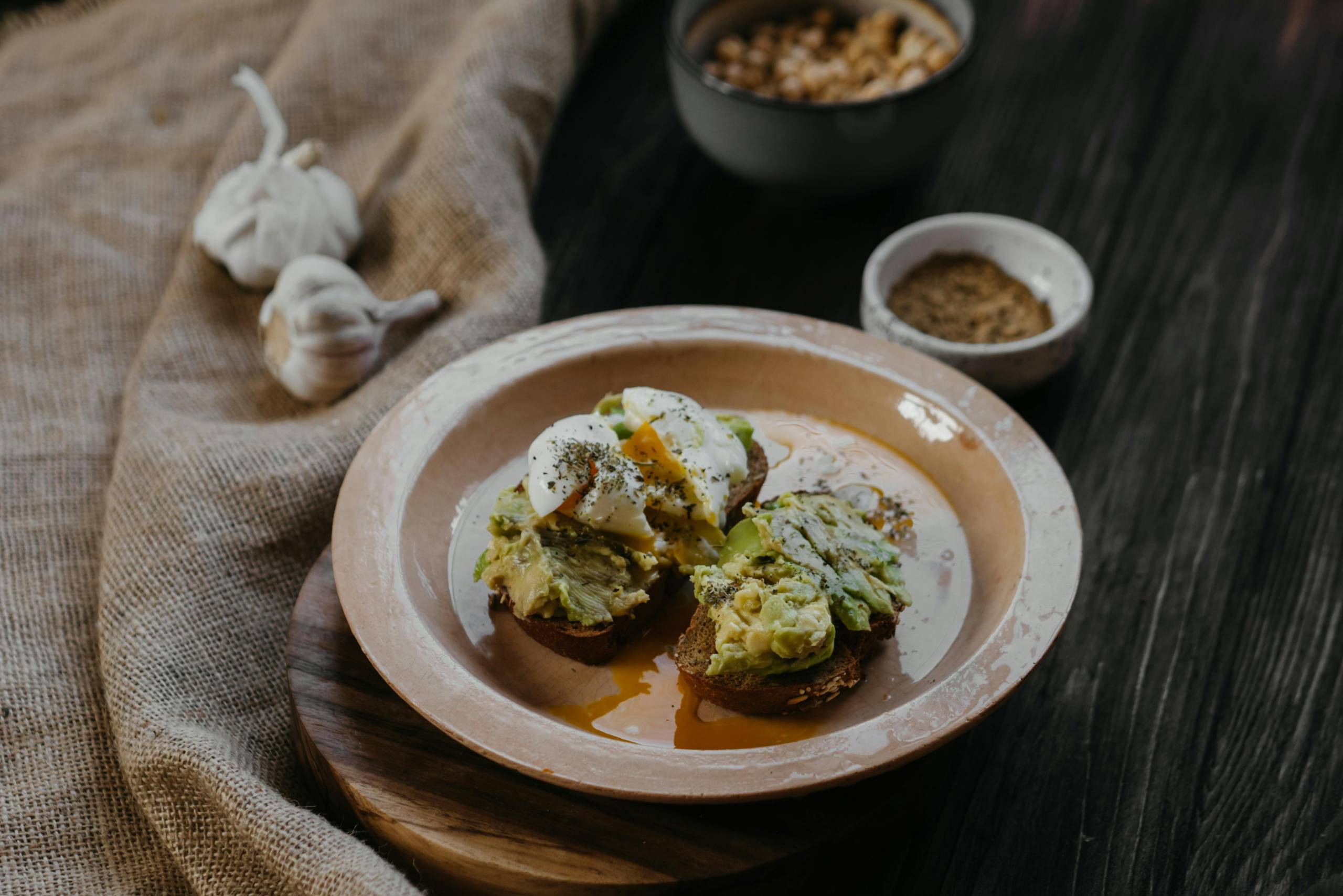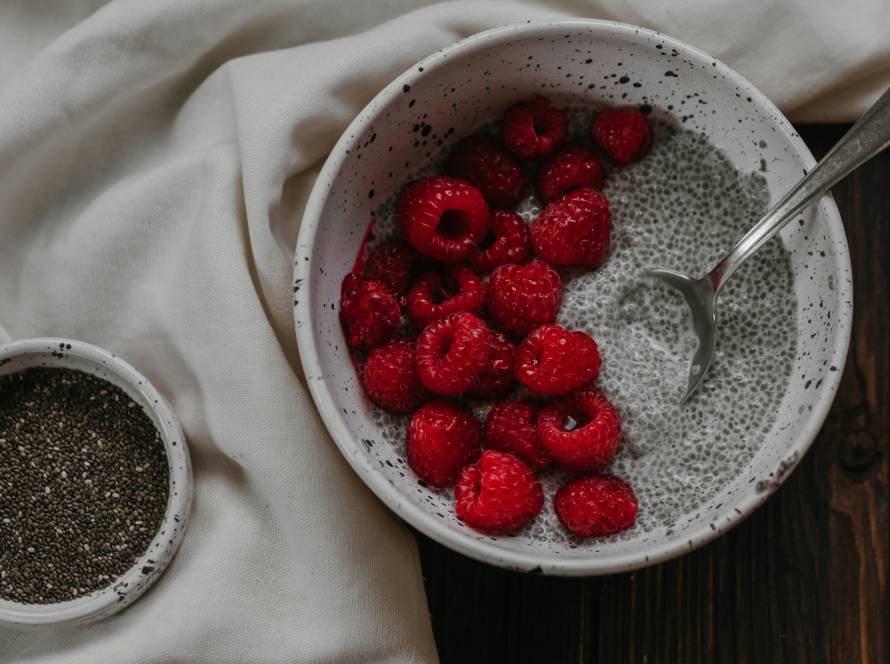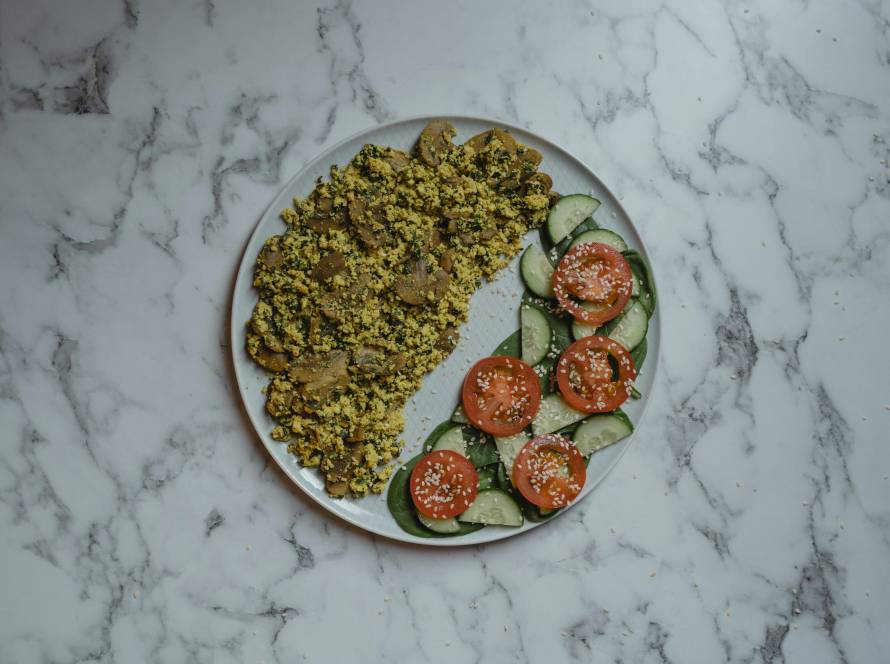Gluten-Free Baking: Turning Classic Recipes into Gluten-Free Favorites
Embracing a gluten-free baking lifestyle doesn’t mean giving up comfort food or family favorites. In fact, turning classic recipes into gluten-free favorites is easier than ever with smart substitutions, a bit of experimentation, and a passion for flavor. Whether you’re managing celiac disease, gluten intolerance, or simply exploring a wheat-free lifestyle, you’ll discover that you can still enjoy all your beloved dishes—without the gluten.
Why Switch to Gluten-Free Baking?
There are many reasons people choose gluten-free cooking. For some, it’s a medical necessity due to celiac disease or a sensitivity to gluten. For others, it’s a lifestyle choice to support digestion, reduce inflammation, or simply feel better. Whatever the motive, creating gluten-free versions of traditional recipes can support your well-being while keeping your meals delicious and satisfying.
According to the Gluten Intolerance Group, strict adherence to a gluten-free diet is key for individuals with celiac disease and can greatly improve quality of life.
Essential Tips for Gluten-Free Baking
Creating delicious gluten-free treats starts with understanding the unique properties of gluten-free flours and learning how to replace gluten’s elasticity and structure. Here are some fundamental tips for consistency and flavor:
- Mix your flours: Don’t rely on one flour. Blending gluten-free flours creates better consistency and flavor.
- Use binders: Incorporate xanthan gum or psyllium husk to mimic the binding nature of gluten.
- Let the batter rest: Allowing batters to rest helps hydrate the ingredients and improve texture.
- Check for hidden gluten: Some baking ingredients like baking powder or vanilla extracts may contain gluten. Always read labels!
Top Gluten-Free Flour Alternatives
The foundation of any good gluten-free recipe is the right blend of flours. Here are some common and versatile options:
- Almond Flour: Nutty flavor and dense texture – ideal for cakes and cookies.
- Rice Flour: Light and versatile, perfect for breads and muffins.
- Coconut Flour: Absorbs moisture quickly – use sparingly and add extra liquid.
- Sorghum Flour: Great for structure and a mild, sweet flavor.
- Tapioca and Arrowroot Flour: Work as excellent thickeners and add chewiness.
Adapting Classic Recipes: How to Make Them Gluten-Free
Transforming traditional recipes into gluten-free favorites is all about identifying where gluten is involved and choosing the right substitutes. Here’s how:
Step 1: Identify Gluten-Rich Ingredients
Most often, wheat flour is the major source of gluten. Other potential gluten-containing components include breadcrumbs, soy sauce, and even some broths or flavorings.
Step 2: Choose the Right Flour Blend
Replicating the texture of classic dishes means finding the perfect blend. Try a 1:1 gluten-free flour replacement or make your own mix using staples like sorghum, rice, and almond flours for balance.
Step 3: Incorporate a Binder
Baking without gluten requires supportive ingredients like:
- Xanthan Gum: Helps create structure and elasticity.
- Psyllium Husk: Adds moisture and binding strength, especially in breads.
- Chia or Flax Eggs: Mix 1 tbsp of seeds with 3 tbsp of water – a great egg replacement and binder.
Step 4: Pay Attention to Texture and Moisture
Wheat-free desserts often risk being too dry. Add extra moisture using ingredients like yogurt, applesauce, or additional eggs when needed. Keep a close eye on baking times—they may vary from traditional recipes.
Wheat-Free Cooking: Meal Conversions
Baking isn’t the only area that benefits from gluten-free conversions. Comfort meals like lasagna, pizza, and fried favorites can easily become celiac-friendly recipes with a few smart swaps.
- Pasta Dishes: Use corn, rice, or lentil pasta. Zucchini noodles (zoodles) are a great low-carb option too.
- Pizza Crust: Try cauliflower, chickpea flour, or a gluten-free mix for a crispy, chewy result.
- Breaded Items: Replace breadcrumbs with crushed gluten-free cereal, almond flour, or cornmeal to maintain crunch.
- Gravies and Sauces: Use cornstarch or arrowroot instead of flour for thickening.
Favorite Gluten-Free Classics to Try
Try your hand at these beloved comfort foods transformed with a gluten-free twist. You won’t believe they’re not the original version!
- Gluten-Free Chocolate Chip Cookies: Soft, chewy, and perfect for dunking.
- Homemade Gluten-Free Mac and Cheese: Creamy sauce with rice pasta – total comfort in a bowl.
- Wheat-Free Apple Pie: Flaky gluten-free crust with warm apple slices and cinnamon.
- Gluten-Free Banana Bread: Moist, naturally sweet, and easy to freeze.
- Crispy Gluten-Free Fried Chicken: Try using seasoned cornmeal and almond flour for an extra crunch.
Common Gluten-Free Baking Mistakes (And How to Fix Them)
Baking with alternative flours takes some practice. Avoid these common pitfalls:
- Using the wrong flour ratio: Always measure flours by weight, not by volume.
- Skipping rest time: Gluten-free batters benefit from resting to allow starches to hydrate properly.
- Overbaking: Gluten-free goods brown faster. Keep an eye on your oven!
- Not adding enough moisture: Almond and coconut flours, in particular, absorb a lot of liquid.
Living a Celiac-Friendly Lifestyle
Beyond cooking, living gluten-free means adjusting your pantry, eating habits, and dining-out choices. Here are some helpful strategies:
- Label everything: Store gluten-free ingredients in clearly marked containers to avoid cross-contamination.
- Dedicated utensils and cookware: Keep separate tools to eliminate gluten traces.
- Inform and advocate: At restaurants or social events, communicate your dietary needs with confidence.
You can also check out our article on Essential Gluten-Free Ingredients to get your kitchen ready for success.
Inspiration from Gluten-Free Experts
Many trailblazers in the gluten-free world share incredible recipes and tips. For a deeper dive, follow blogs, cookbooks, and communities dedicated to wheat-free cooking. Websites like the Gluten Intolerance Group are great starting points for recipes, educational resources, and support.
Final Thoughts: Embrace the Gluten-Free Lifestyle
Gluten-free baking and cooking can be a joyful, creative experience. With a bit of knowledge and experimentation, your favorite dishes can be recreated to suit your needs without sacrificing taste. So preheat that oven, roll up your sleeves, and start transforming your treasured recipes into gluten-free masterpieces!




